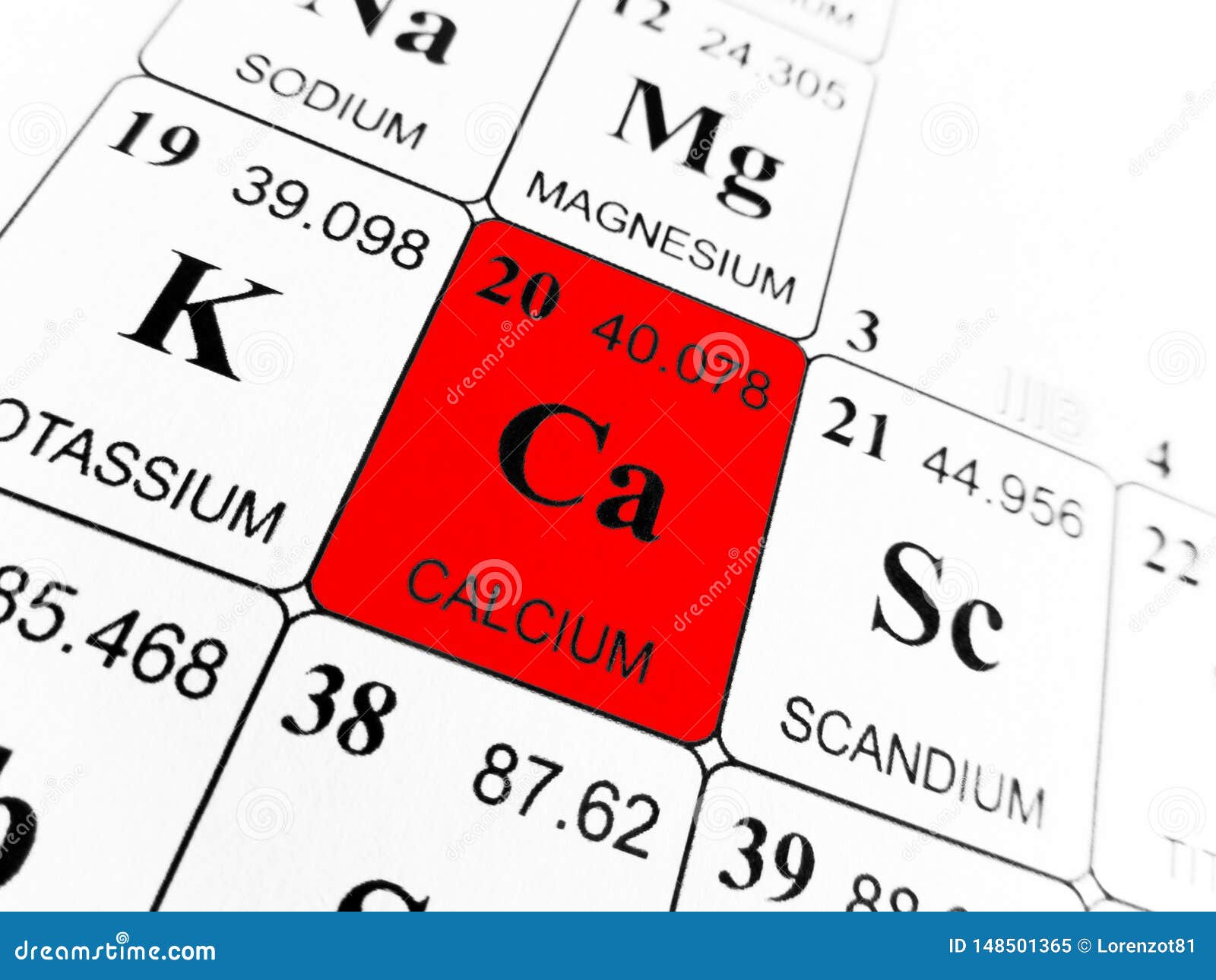
The most common calcium compound found on Earth is calcium carbonate. It gives cations at the time of ionization The outermost shell of calcium comprises two valence electrons. Calcium is also employed by our nervous system to aid in the transmission of impulses throughout our bodies.Ĭalcium is rated as the 5th most abundant element found on the earth’s surface. Calcium (Ca) is an essential mineral that helps our bones stay strong and capable of bearing our weight. It plays a vital role in the functioning of living cells and its deficiency or excess amount can cause abnormal heart rhythm and other various electrocardiographic abnormalities.Ĭalcium, with atomic number 20, is denoted by the symbol Ca in the periodic table.It was suspected in 1702 that potassium is a distinct element that combines with the same anions to produce similar salts and was proven in 1807 by using electrolysis.
 Potassium was the first metal to get isolated by electrolysis.
Potassium was the first metal to get isolated by electrolysis.  It can also be used as a medium of heat exchange and is used in nuclear power plants. Potassium carbonate is used for the production of glass. Excess potassium diet helps to reduce blood pressure and prevents heart strokes. Potassium is used for muscle contraction. Industries use potassium for making soaps, detergents, dyes, gunpowder, etc. Potassium is widely used in our day to day life and some of which are mentioned below:. ISRO CS Syllabus for Scientist/Engineer Exam. ISRO CS Original Papers and Official Keys. GATE CS Original Papers and Official Keys. The pure metal is priced at $20 for every 100 gram. With a bit of effort, it can be cut by a sharp knife that is quite uncommon for a metal. It is the most abundant of all the metallic elements constituting the human body. From it, he removed the mercury by distillation and obtained pure calcium. Then he added more lime to the mixture producing a greater amount of the amalgam. Though it did produce an amalgam each of calcium and mercury, the quantity was not enough to establish the existence of a new element. Next, he tried to electrolyze a mixture of lime and mercury oxide. In 1808, Davy tried to reduce moist lime by the process of electrolysis but found no success. However, he suspected that it could be the oxide of an unknown element. French chemist, Antoine Lavoisier classified lime as an ‘earth’ since it seemed impossible to reduce it any more. įor centuries plaster and mortar were made by heating limestone into lime (calcium oxide). When Was It Discovered and Where: It was discovered in 1808 in London. Who Discovered Calcium: Cornish chemist, Sir Humphry Davy. Origin of Its Name: Its name is derived from the Latin word “calx” meaning lime (limestone is an ore of Ca). It is highly reactive towards the halogens chlorine, bromine, iodine and fluorine to form calcium dihalides. When heated in air, it burns to produce a mixture of calcium oxide and calcium nitride. The surface of the metal remains covered by a thin layer of its oxide that prevents further attack by air (oxygen). It slowly reacts with water to form calcium hydroxide and hydrogen gas.
It can also be used as a medium of heat exchange and is used in nuclear power plants. Potassium carbonate is used for the production of glass. Excess potassium diet helps to reduce blood pressure and prevents heart strokes. Potassium is used for muscle contraction. Industries use potassium for making soaps, detergents, dyes, gunpowder, etc. Potassium is widely used in our day to day life and some of which are mentioned below:. ISRO CS Syllabus for Scientist/Engineer Exam. ISRO CS Original Papers and Official Keys. GATE CS Original Papers and Official Keys. The pure metal is priced at $20 for every 100 gram. With a bit of effort, it can be cut by a sharp knife that is quite uncommon for a metal. It is the most abundant of all the metallic elements constituting the human body. From it, he removed the mercury by distillation and obtained pure calcium. Then he added more lime to the mixture producing a greater amount of the amalgam. Though it did produce an amalgam each of calcium and mercury, the quantity was not enough to establish the existence of a new element. Next, he tried to electrolyze a mixture of lime and mercury oxide. In 1808, Davy tried to reduce moist lime by the process of electrolysis but found no success. However, he suspected that it could be the oxide of an unknown element. French chemist, Antoine Lavoisier classified lime as an ‘earth’ since it seemed impossible to reduce it any more. įor centuries plaster and mortar were made by heating limestone into lime (calcium oxide). When Was It Discovered and Where: It was discovered in 1808 in London. Who Discovered Calcium: Cornish chemist, Sir Humphry Davy. Origin of Its Name: Its name is derived from the Latin word “calx” meaning lime (limestone is an ore of Ca). It is highly reactive towards the halogens chlorine, bromine, iodine and fluorine to form calcium dihalides. When heated in air, it burns to produce a mixture of calcium oxide and calcium nitride. The surface of the metal remains covered by a thin layer of its oxide that prevents further attack by air (oxygen). It slowly reacts with water to form calcium hydroxide and hydrogen gas. 
Besides that, it has 19 synthetic, radioactive isotopes with known half-lives.

Naturally occurring Ca is a mixture of 6 isotopes with mass numbers 40, 42, 43, 44, 46 and 48. Properties and Characteristics of CalciumĬalcium (pronunciation KAL-see-em ), represented by the chemical symbol or formula Ca, is a soft element belonging to the family of alkali earth metals.








 0 kommentar(er)
0 kommentar(er)
